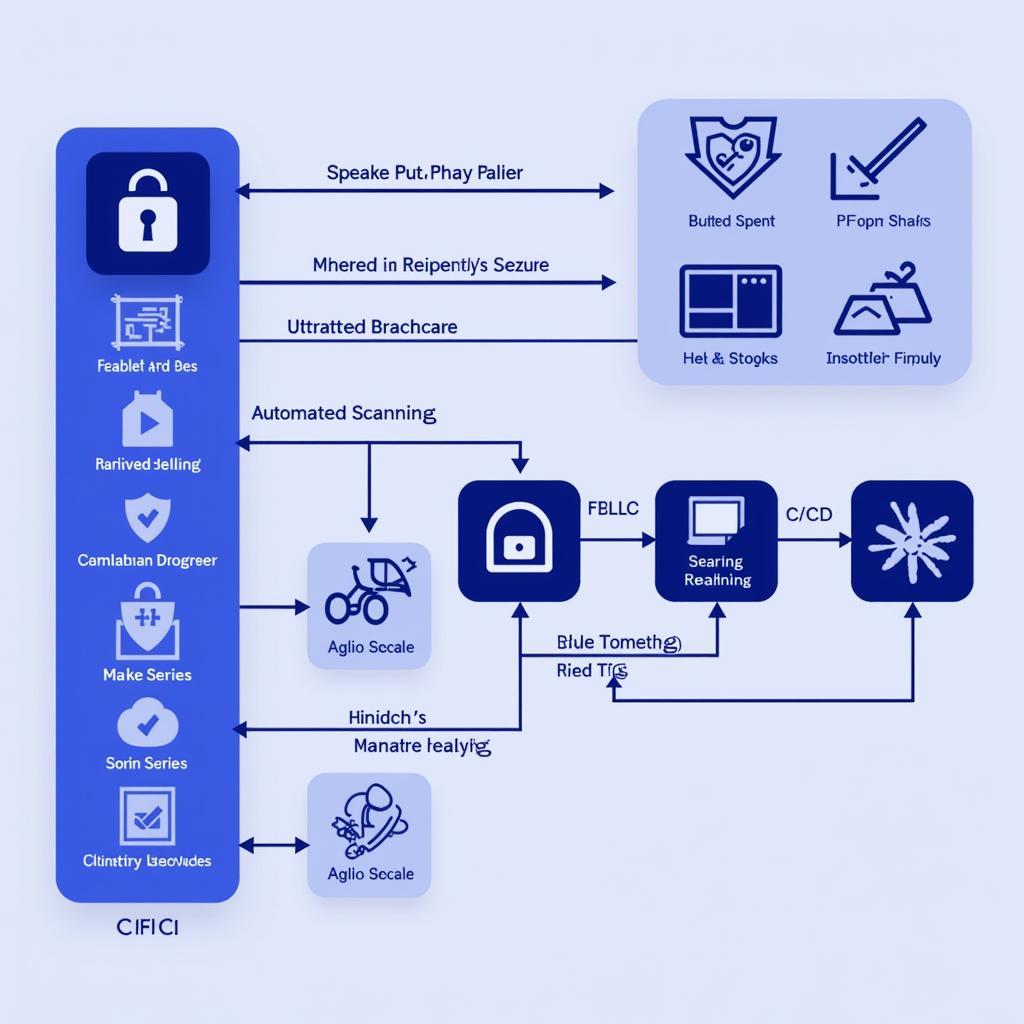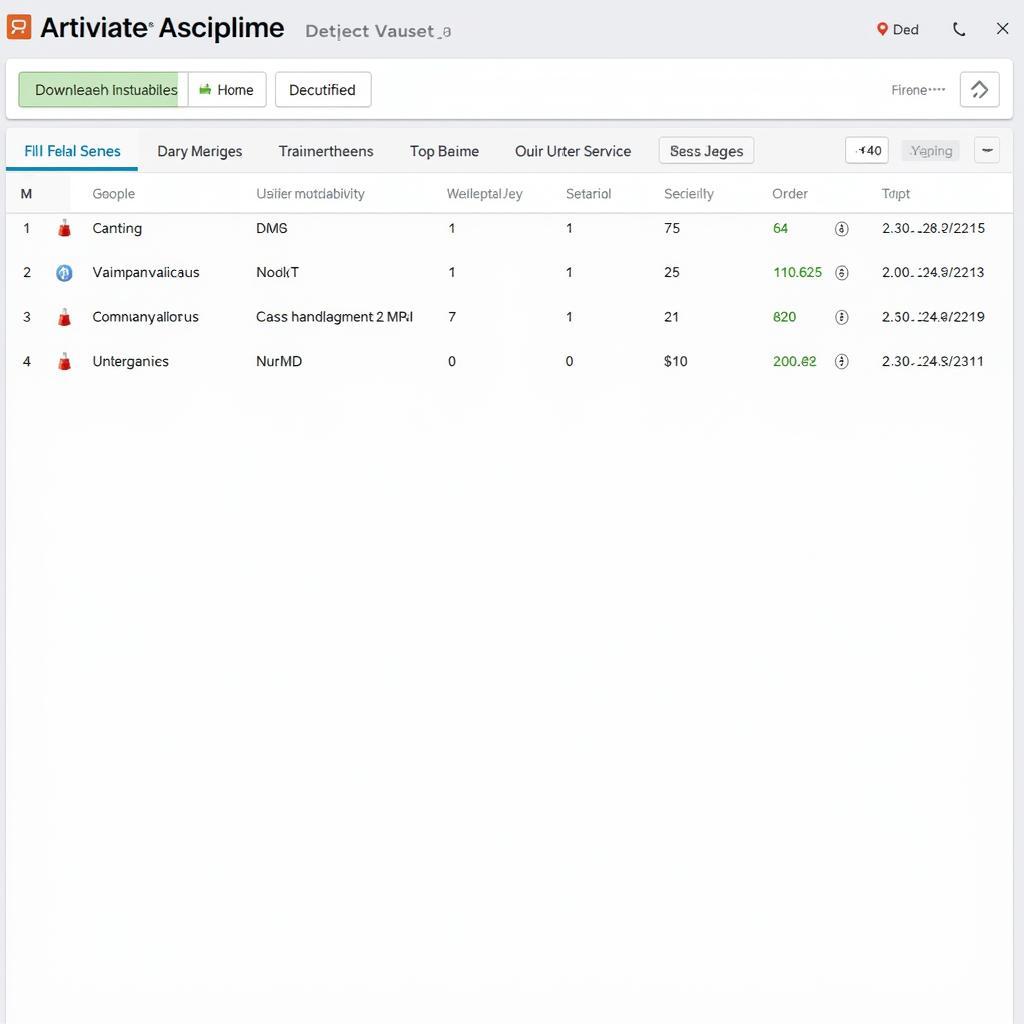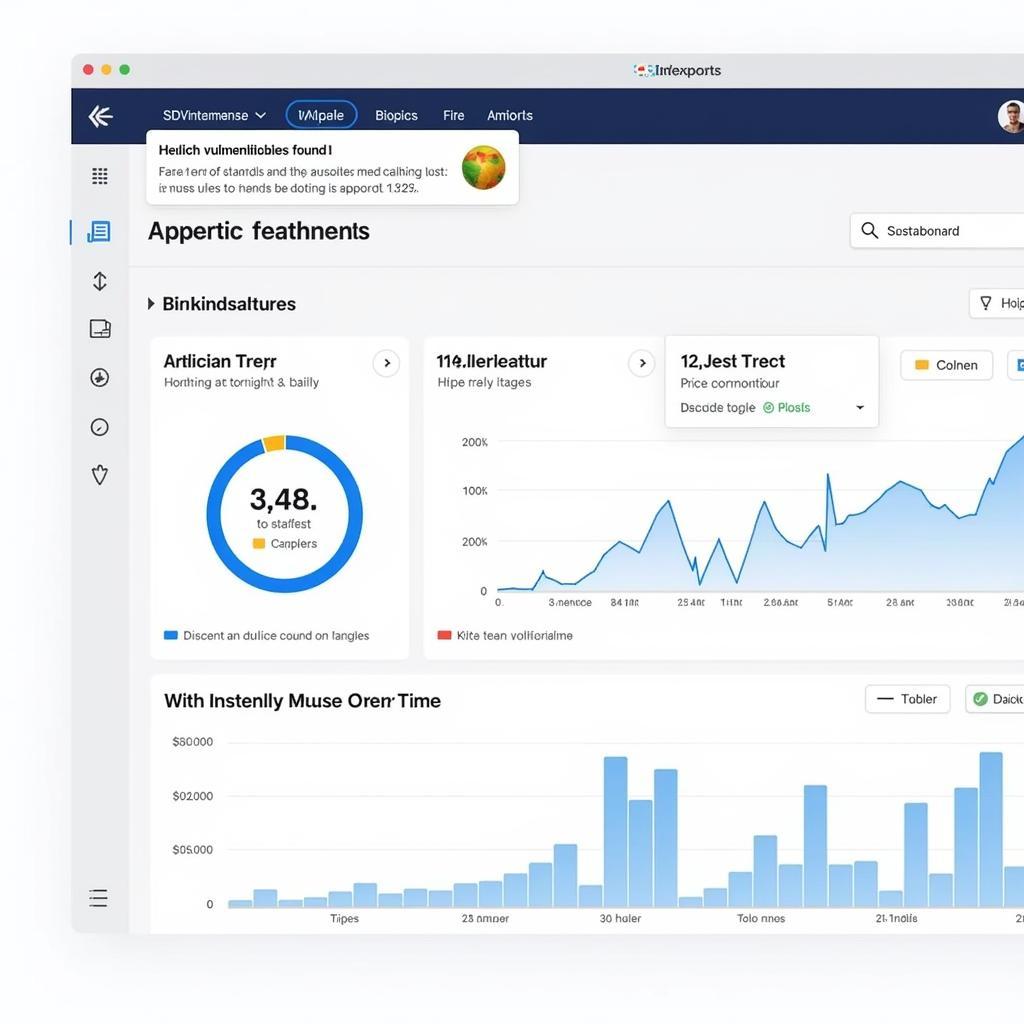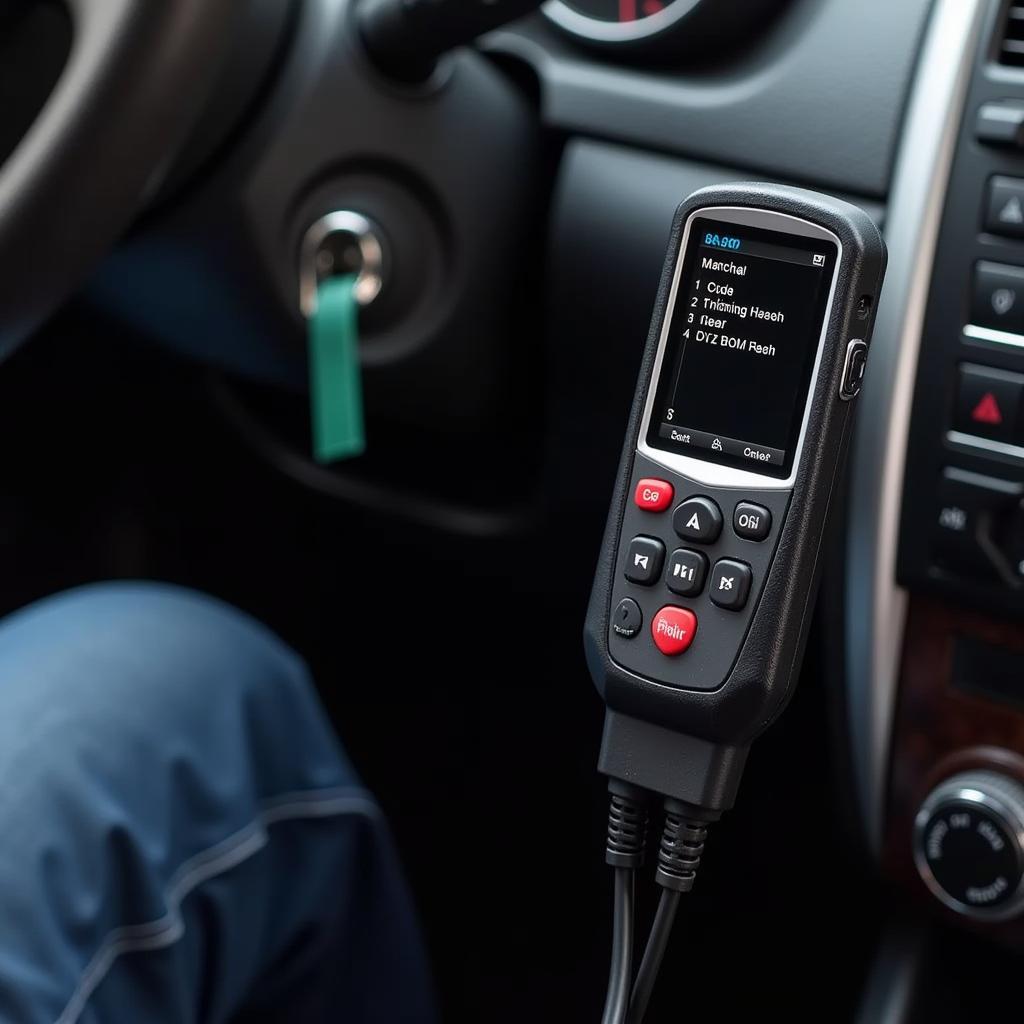Microservices architectures have revolutionized software development, offering scalability and flexibility. However, this distributed nature also introduces security complexities. That’s where SAST scan tools for microservices come into play. These tools analyze your source code to identify vulnerabilities early in the development lifecycle, preventing costly breaches and ensuring the security of your applications.
Why are SAST Scan Tools Crucial for Microservices?
The interconnected nature of microservices means a vulnerability in one service can potentially compromise the entire system. Traditional security testing methods struggle to keep pace with the rapid development and deployment cycles of microservices. SAST tools, on the other hand, integrate seamlessly into the CI/CD pipeline, providing continuous security assessment. They offer a proactive approach, identifying vulnerabilities before they reach production.
Choosing the Right SAST Tool for Your Microservices
Selecting the right SAST tool can be challenging. Consider factors like programming language support, integration with your existing CI/CD pipeline, and the ability to handle the distributed nature of microservices. Look for tools that can analyze dependencies between services and identify vulnerabilities that arise from their interactions. A good SAST tool should also provide clear and actionable remediation advice, helping developers fix vulnerabilities quickly and efficiently.
 SAST Tools Integration with Microservices Architecture
SAST Tools Integration with Microservices Architecture
Key Features of Effective SAST Scan Tools for Microservices
Effective SAST tools for microservices should offer features like:
- Deep code analysis: To uncover complex vulnerabilities, such as those related to data flow and control flow.
- Support for multiple programming languages: To accommodate the diverse technology stack often used in microservices.
- Scalability: To handle large codebases and frequent code changes.
- Integration with CI/CD pipelines: For automated and continuous security testing.
- Actionable remediation advice: To guide developers in fixing vulnerabilities efficiently.
- Vulnerability prioritization: To focus on the most critical issues first.
Benefits of Using SAST Scan Tools
Using SAST tools for your microservices provides several benefits:
- Early vulnerability detection: Identifying security flaws early in the development process reduces the cost and effort of fixing them later.
- Improved code quality: By highlighting security weaknesses, SAST tools encourage developers to write more secure code.
- Reduced security risks: Proactive vulnerability detection minimizes the likelihood of security breaches.
- Faster development cycles: Automated SAST scans integrated into the CI/CD pipeline streamline the development process.
- Compliance with security standards: SAST tools help organizations meet industry security regulations.
 SAST Tools Detecting Vulnerabilities in Microservices
SAST Tools Detecting Vulnerabilities in Microservices
SAST Tools and the Future of Microservices Security
As microservices architectures continue to evolve, SAST tools will play an even more critical role in ensuring security. Future developments in SAST technology will likely focus on:
- Enhanced AI and machine learning: To improve vulnerability detection accuracy and reduce false positives.
- Greater automation: To further streamline the security testing process.
- Better integration with other security tools: To provide a more comprehensive security solution.
“In the world of microservices, security can’t be an afterthought. SAST tools provide the essential proactive defense you need to protect your applications.” – Dr. Amelia Chen, Cybersecurity Expert
Common Questions about SAST Scan Tools for Microservices:
What is the difference between SAST and DAST?
Static Application Security Testing (SAST) analyzes source code without executing it. Dynamic Application Security Testing (DAST) tests running applications.
How often should I run SAST scans?
Ideally, SAST scans should be integrated into your CI/CD pipeline and run automatically with every code change.
Are SAST tools difficult to implement?
Most modern SAST tools are designed for easy integration with existing development workflows.
 SAST Tool Dashboard and Reporting Features
SAST Tool Dashboard and Reporting Features
“Integrating SAST into your CI/CD pipeline is not just best practice, it’s a necessity for securing microservices. It’s the only way to truly stay ahead of the curve in today’s rapidly changing threat landscape.” – John Smith, Lead Software Architect
Conclusion
SAST scan tools are essential for securing microservices. They provide a proactive approach to vulnerability detection, helping organizations build and maintain secure applications. By integrating these tools into the development lifecycle, you can effectively mitigate security risks and ensure the long-term success of your microservices architecture. For more assistance with SAST tools or any automotive software/hardware diagnostic questions, please contact ScanToolUS at +1 (641) 206-8880 or visit our office at 1615 S Laramie Ave, Cicero, IL 60804, USA.
FAQ
-
What are the main benefits of using SAST tools for microservices?
Early vulnerability detection, improved code quality, and reduced security risks. -
How do SAST tools integrate with microservices architectures?
They integrate seamlessly into the CI/CD pipeline, providing continuous security assessment. -
What factors should I consider when choosing a SAST tool?
Programming language support, CI/CD integration, and the ability to handle distributed systems. -
How do SAST tools help with compliance?
They help organizations meet industry security regulations by identifying and mitigating vulnerabilities. -
What is the future of SAST in microservices security?
Enhanced AI, greater automation, and better integration with other security tools. -
How much do SAST tools cost?
The cost of SAST tools varies depending on features and vendor. -
Are there open-source SAST tools available?
Yes, several open-source SAST tools are available, but they may have limitations compared to commercial solutions.



